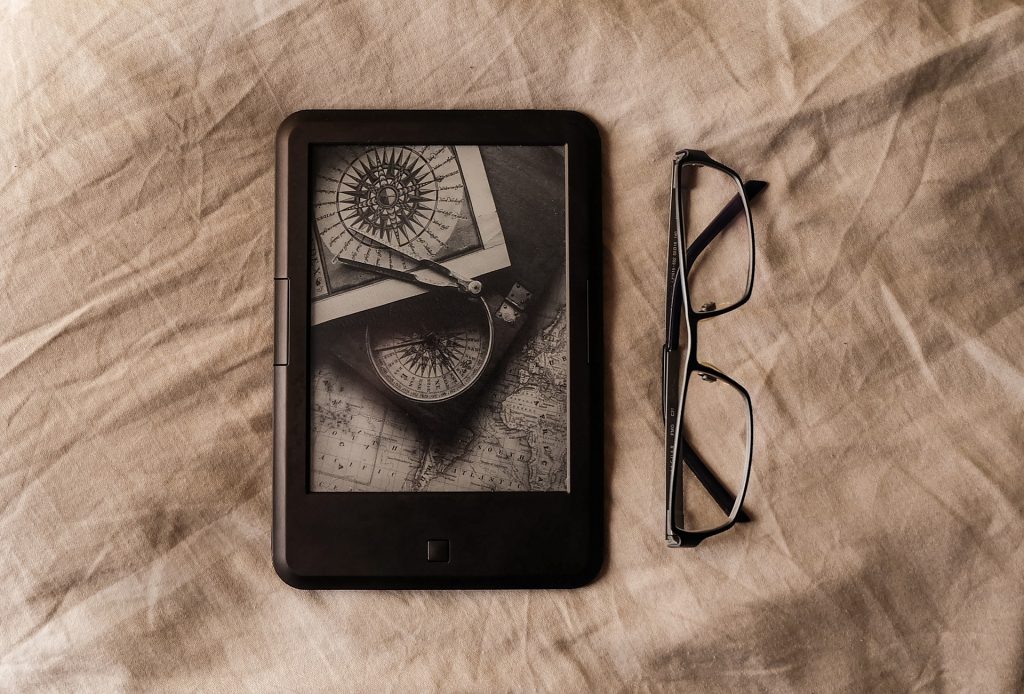Many people prefer e-books to regular books. It is very convenient and economical because you do not need to buy books every time. In addition, many students use them to store textbooks, assignments, and papers from do my essay services.

E-books use black and white or color displays based on E-Ink electronic paper. The contrast of the picture in them is formed by reflected light. Readers can work for weeks without recharging, and the readability of text can be quite good in the bright sun. But the refresh rate of the e-book screen is noticeably lower than that of tablets or smartphones. Flipping through pages in some cases is similar to a paper book – just as slow.
Decide on the type of screen
The most common technology series at the moment are the E-Ink Carta and Carta Plus with resolutions up to 2,200 × 1,650 pixels. The Carta has increased contrast compared to the Pearl, which makes the letters clearer. This text is easier to read without stress.
There is also an alternative version of Carta – Mobius. These screens have a plastic backing instead of glass, making them more durable. This is important for readers with a large diagonal, for which manufacturers quite often choose Carta Mobius.
It is best to choose an e-book with an E-Ink Carta or E-Ink Kaleido display if color is important. The other, earlier versions of displays are rarely available, and it is hardly worth spending money on them now.
Select resolution and screen size
Screen resolution is an important feature of an e-book. A display of 1,872 × 1,404 pixels can hold more lines of text than an 800 × 600 pixel display, and the letters are sharper.
Reader screens can range in size from 5 inches to 13.3 inches. The most common diagonals now are 6 and 7 inches. To read fiction, most users will be a fine model with a screen of 6 inches and a resolution of 800 × 600 pixels. This is worth considering as a reference point, at which fonts of medium and large size are distinguishable and do not cause severe eye strain. Of course, you should choose a larger resolution and 7-8 inches for comfort.
E-books with 8 to 13-inch screens are often not for entertainment, but for reading documentation, making notes, or sketching. Larger displays show the entire page, with images, charts, or diagrams.
For screens, they specify the pixel density in PPI. The higher the value of the density, the less noticeable individual pixels, and the font lines are smoother. If you have the right budget it is better to choose a model with an index closer to 300 PPI. On such displays, even small fonts will not cause much discomfort.
Check the backlighting
A display with a built-in backlight will allow you to read the text in low light or no light at all. It is possible to buy a reader without this option, but then you will have to constantly look for a suitable place to better view the contents of the screen. In current models, you can adjust the brightness of the backlight, as well as select the shade.
Estimate the size of permanent memory
Models with 8GB to 16GB of memory are the most common, but there are also more expensive options with 32GB or 64GB. Manufacturers often add slots for microSD cards, which allow you to expand the amount of available storage. Which storage size you prefer depends on how many books you intend to collect and in what format.
If it will be works in FB2, EPUB, TXT, or MS Word files, then even 4 GB of internal memory will be enough. But for files in PDF, you will need much more space. In this case, it is better to choose a device with 16 or 32 GB of internal memory.
Consider the battery capacity
E-books can last for weeks and even months without recharging. E-ink displays draw power only when you’re flipping and refreshing the contents of a page. Therefore, a battery with a capacity of 1,500mA⋅h will suffice. This is enough to read five or six books. But only on the condition that the model does not use a complex operating system with various applications.
Specify what communication interfaces and additional features are available
Most e-books have a Wi-Fi module for downloading files, browsing, and updating the system. Bluetooth module is also quite common. It is useful for copying files from gadgets nearby, connecting the keyboard, and transmitting sound to wireless headphones or speakers.
The ability to play audio is an additional feature that is being added to current reader models more and more often. It is useful not only for listening to music but also for audiobooks, which is closer to the main purpose of these devices. Many models have a standard 3.5 mm mini-jack for audio output via a wired connection.